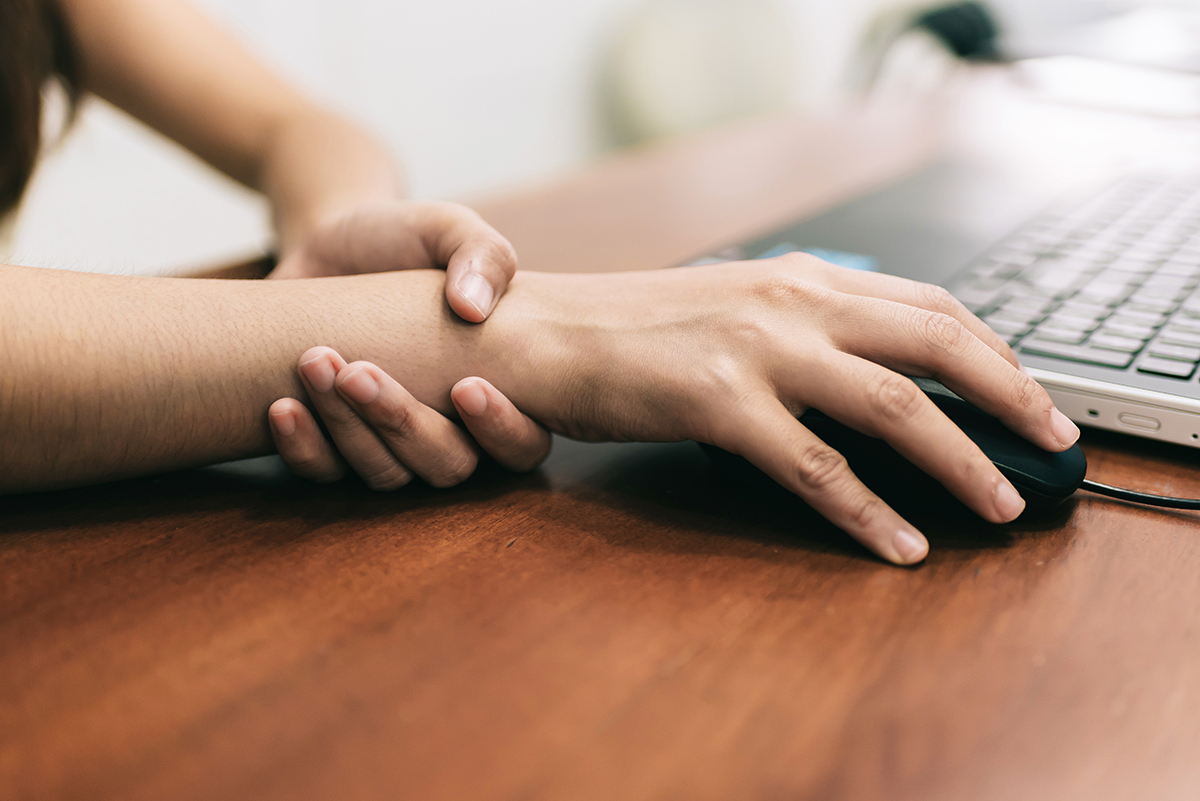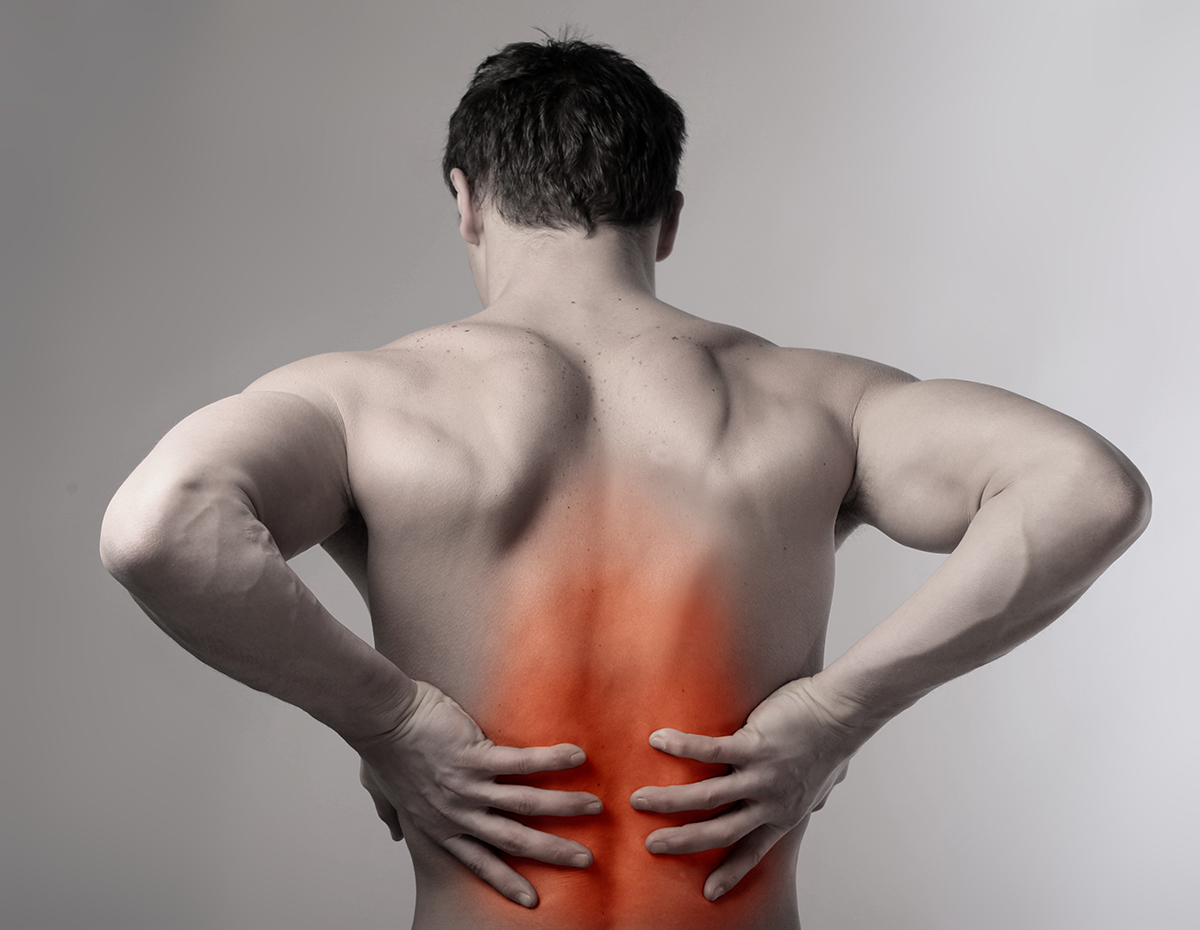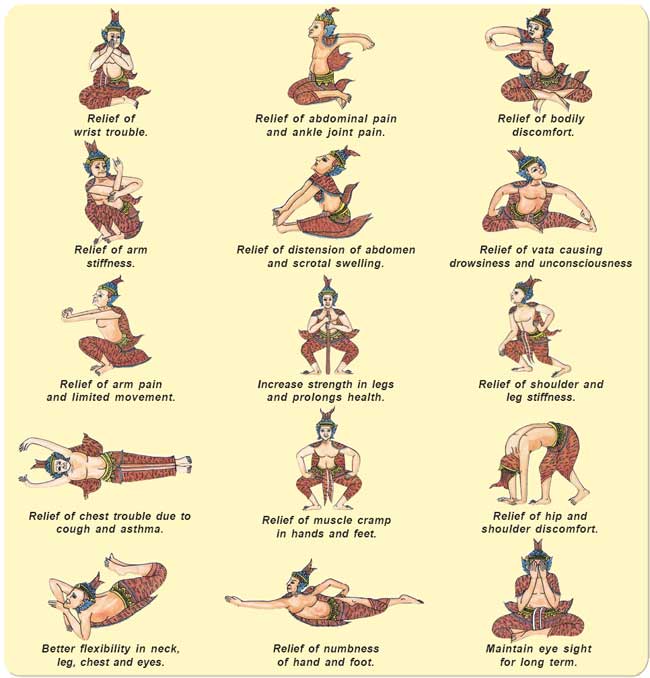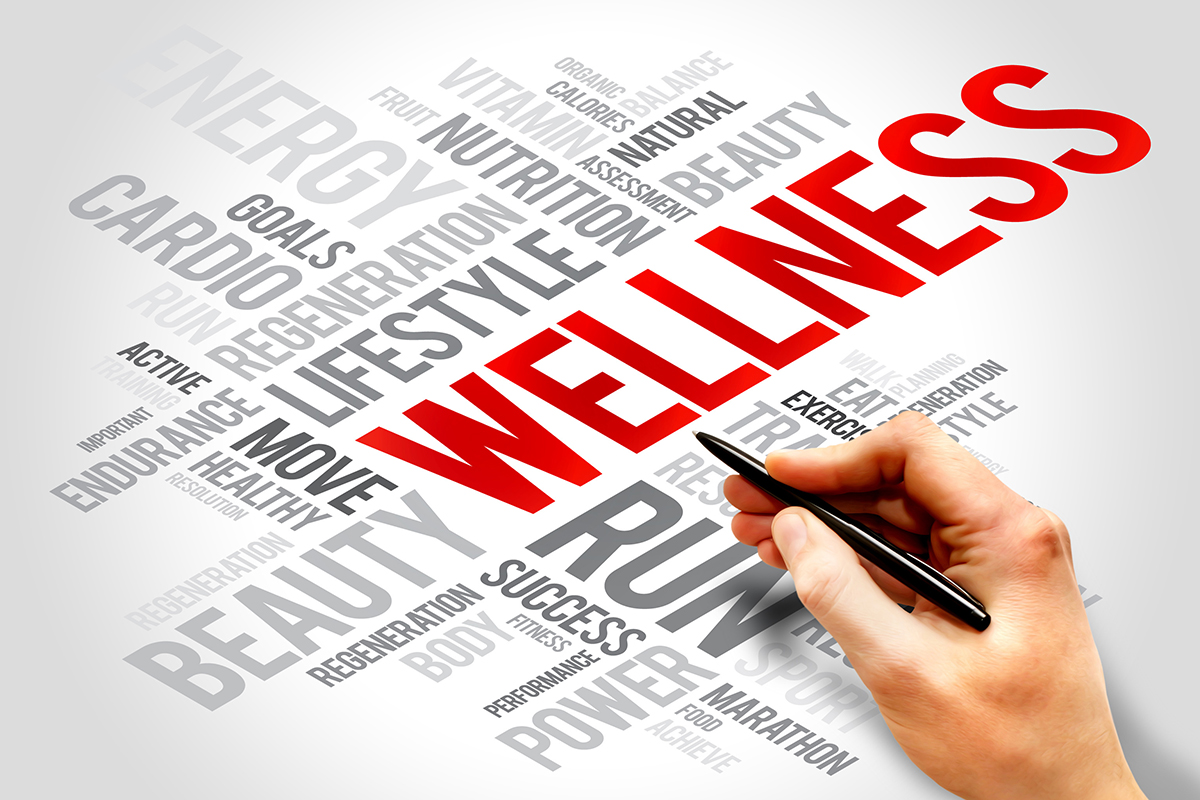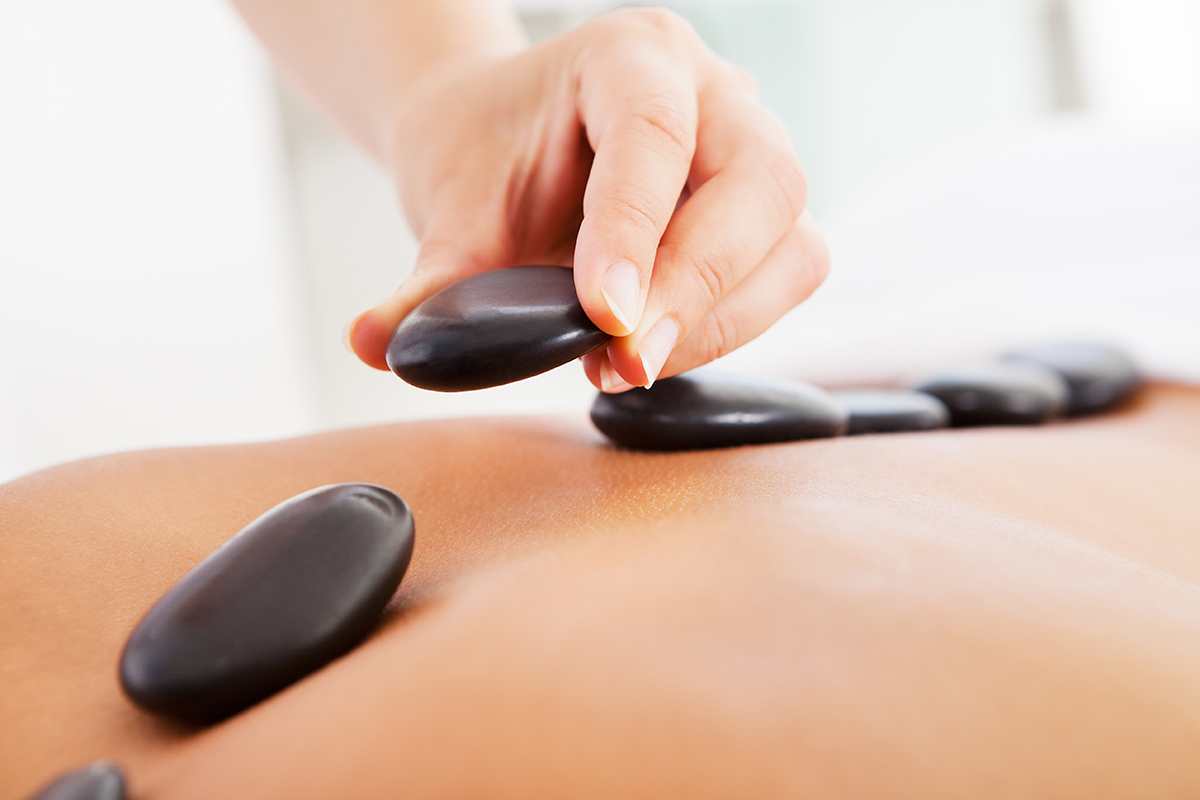Mental health issues such as anxiety and panic attacks are far more common than you think. In fact, more than 18% of adults in the United States experience some kind of anxiety disorder every year. Everyone from celebrities and athletes are affected. Yet, despite this prevalence, fewer than one-third seek treatment each year. Why?
There has been resistance against the idea of giving mental health the same priority as physical health. Our physical condition directly affects our lives. However, mental health has just as much impact in our lives. Poor mental health affects everything including your ability to sleep and recover from injuries. These problems also dampen your energy and affect how you interact with others. A strong social network positively influences our mental health. You can draw on these networks for emotional support. There are even studies that suggest massage therapy as an effective means of improving mental wellbeing.
Homeostasis: The art of balance
Our bodies are constantly working to keep everything inside of us within a narrow, healthy set of parameters. Body temperature, sugar, and blood pressure are just a few of the metrics that physicians track during your general checkup. Your body is in equilibrium (homeostasis) when everything is in balance. Foreign invaders in the form of viruses or bacteria will cause your body to react. Your body actives defenses including the inflammation response that involves increasing blood pressure and body temperature.
But infections aren’t the only thing that can throw your body off balance. Your diet and general physical condition affects your overall wellbeing. An imbalanced diet is one of the major drivers to poor health. Poor diet can affect your mood and behavior as well as your body’s ability to maintain homeostasis. Physical responses such as panic attacks are your body’s way of reacting to a significant stressor. Panic attacks can manifest in several ways. A common pathway is a positive feedback thought pattern that continuously amplifies your anxiety until you reach a state of panic. Others experience panic attacks from certain scenarios or experiences, such as public speaking or loud sounds that remind them of a traumatic event.
There are viable treatment options for every type of imbalance. Therapeutic and pharmacological means of achieving balance exist in addition to diet and exercise. There are also non-pharmacological approaches that can help ease the transition back toward health.
Massage therapy for mental health
In one study, researchers used a host of nonpharmacological approaches, including massage therapy, to help alleviate the behavioral and psychological symptoms of patients with Alzheimer’s induced dementia. This study is significant, because it shows that an entire spectrum of ailments (from agitation to depression) can find efficacious treatment from alternative approaches that do not rely on medication.
Individuals seeking to improve their mental wellbeing can also use massage therapy. Massage techniques like traditional Thai massage employ pressure and palming movements that have been shown in previous studies to improve blood flow and reduce area inflammation.
Additionally, Thai massage can be used as a means to improve physical recovery after exercise. When combined with an improved diet and physical exercise, massage therapy can greatly improve mood, reduce agitation, and reduce overall stress.
If you are someone who experiences panic or anxiety attacks, consider seeking alternative treatments for your mental health. It is vital not only for your long-term quality of life, but also for your physical wellbeing as well.
Interested in trying traditional Thai massage therapy to help with your carpal tunnel? Book an appointment today with Chaan Thai massage at our Herndon or Fairfax locations in Virginia.
Citation:
Kezia Scales, Sheryl Zimmerman, Stephanie J Miller; Evidence-Based Nonpharmacological Practices to Address Behavioral and Psychological Symptoms of Dementia, The Gerontologist, Volume 58, Issue suppl_1, 18 January 2018, Pages S88–S102, https://doi.org/10.1093/geront/gnx167.


